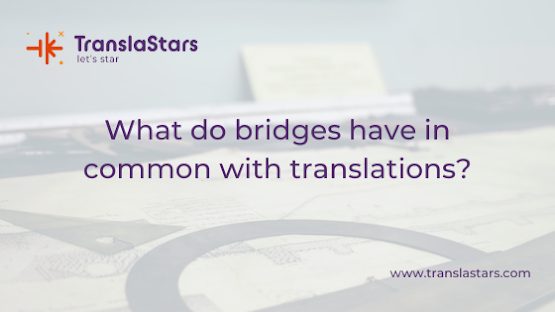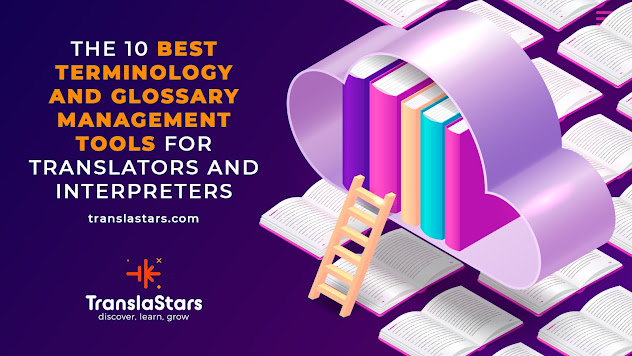What do bridges have in common with translations?
What do bridges have in common with translations?
Every human being has
probably read a translation already. Be it the favourite novel which was
originally written in English and then translated into the reader’s mother
tongue, a translated article in a specialist magazine or simply the menu in a
restaurant down the street. Ideally, the reader does not even notice that the
text is a translation.
But how can you
achieve that?
In German, there is the same verb for (to) ferry (= to cross a river by a ferry or convey from one place to another) and (to) translate (= to convey a message from one language to another). It is the same word in German (übersetzen) and obviously it also has a common origin: the conception of transferring something.
"Words travel worlds. Translators do the driving."
Well, there is always an intention or message behind words which needs to be transferred. So, the message with its specific function would represent the car – fueled with (or expressed by) words. The function can be phatic, e.g. during small talk, or narrative, e.g. when talking about the latest holidays. In technical translation, the intention is rather not emotional but descriptive (in technical articles) or instructing (in user manuals). In any case, not only the words but also the intention has to be transferred correctly. Therefore, technical translators need a good understanding and deep knowledge of the subject matter in general as well as the technical terms in both the source and the target language.
Technical writers are manufacturers
Keeping the analogy of bridges and cars, the people who create the source text would be the car manufacturers. Most of the times, technical documents are either written by industry specialists or technical writers. Technical writers collect all necessary information and create texts in a way that the respective target group (either an expert audience or interested people or even laypersons) understands it.
In the automotive world, the car manufacturer and the driver are not necessarily the same person but they should definitely talk to each other. Especially in case of technical problems or subsequent amendments at the car. In my opinion, this is also true for the collaboration between technical translators and technical writers – these two fields are inevitably linked to each other. And of course, technical translation and documentation touch other interesting areas such as terminology, visualisation and quality assurance.
Car trouble, congestion and accidents
On the route,
different challenges and car troubles can occur due to technical issues,
external circumstances or the surrounding conditions and of course also due to
human failure. Therefore, knowing about possible problems and thinking about
appropriate solutions beforehand is always – and in all industries – very
useful. Quite similar to the car industry, appropriate solutions for issues in
translation or technical writing can be solved by building awareness, defining
standards and determining processes. And if the car manufacturer (technical
writer) and the driver (translator) work on a solution together, the intended
message (car) will be whipped into shape.
Register for the course “MD Technical Translation and Documentation” and learn how to overcome potential car trouble, avoid congestion and prevent accidents, and what it takes to become a qualified car manufacturer or car driver.
Have a good trip!
Written by Ann-Kathrin Theil.






Comments
Post a Comment